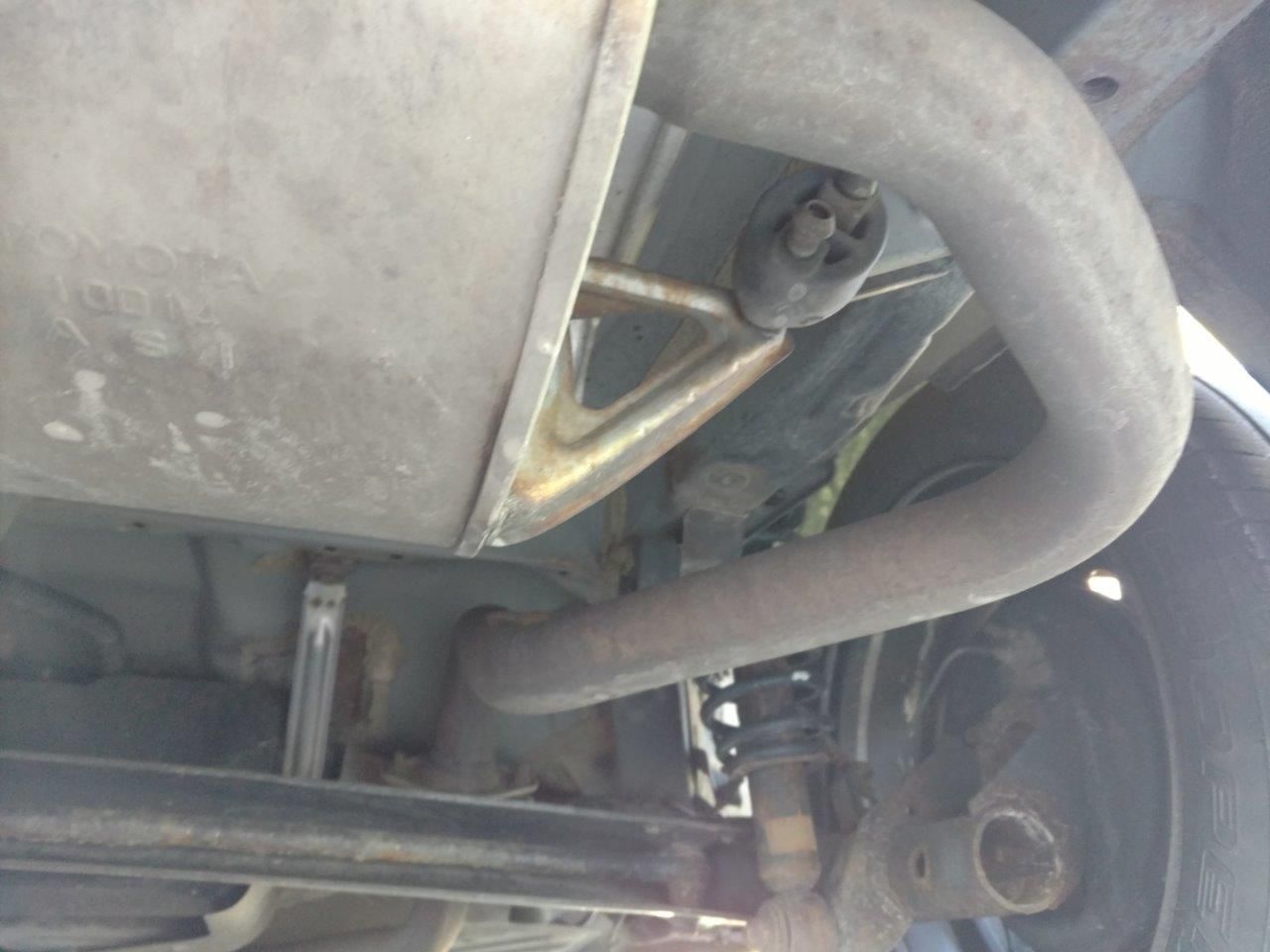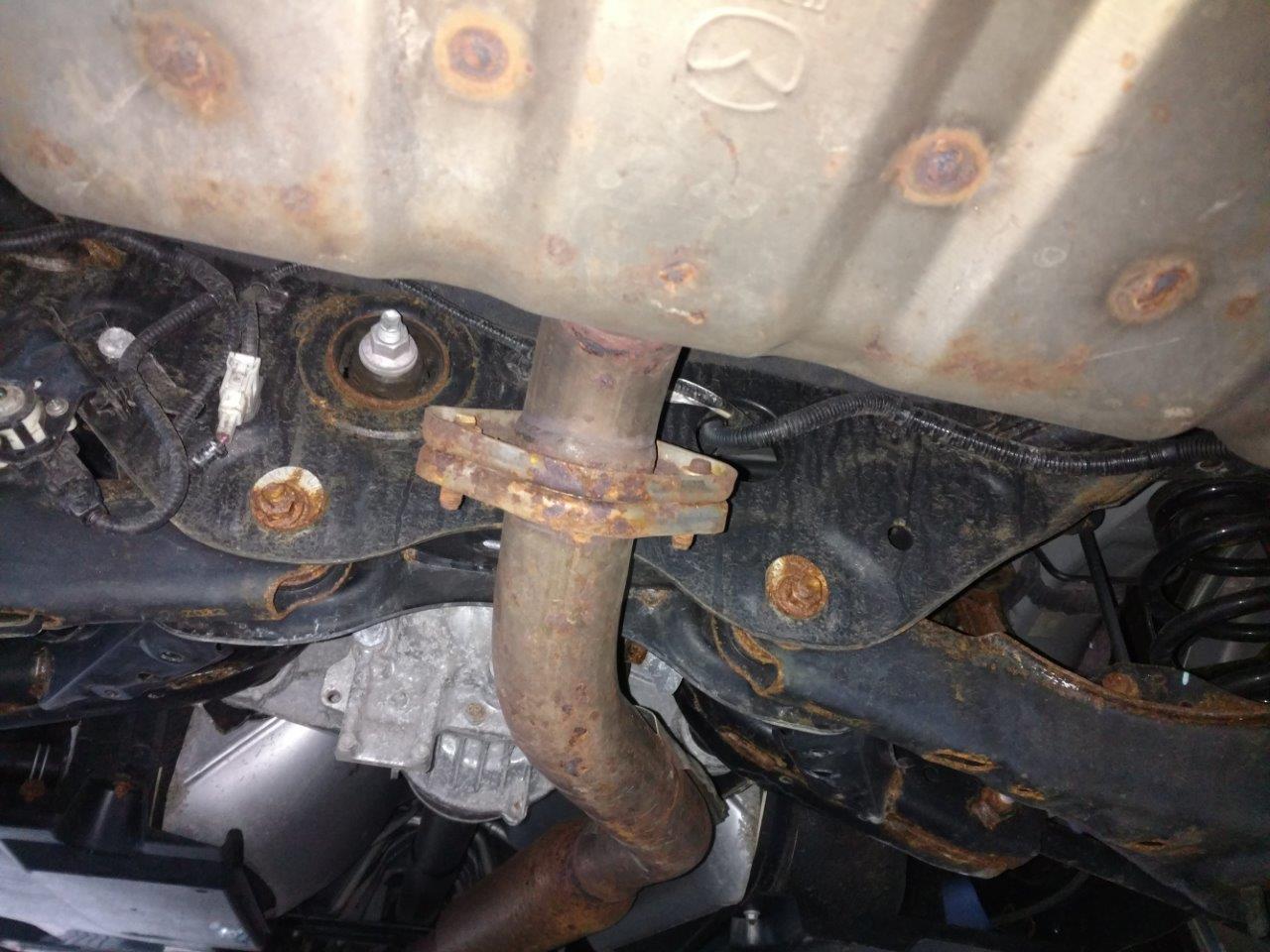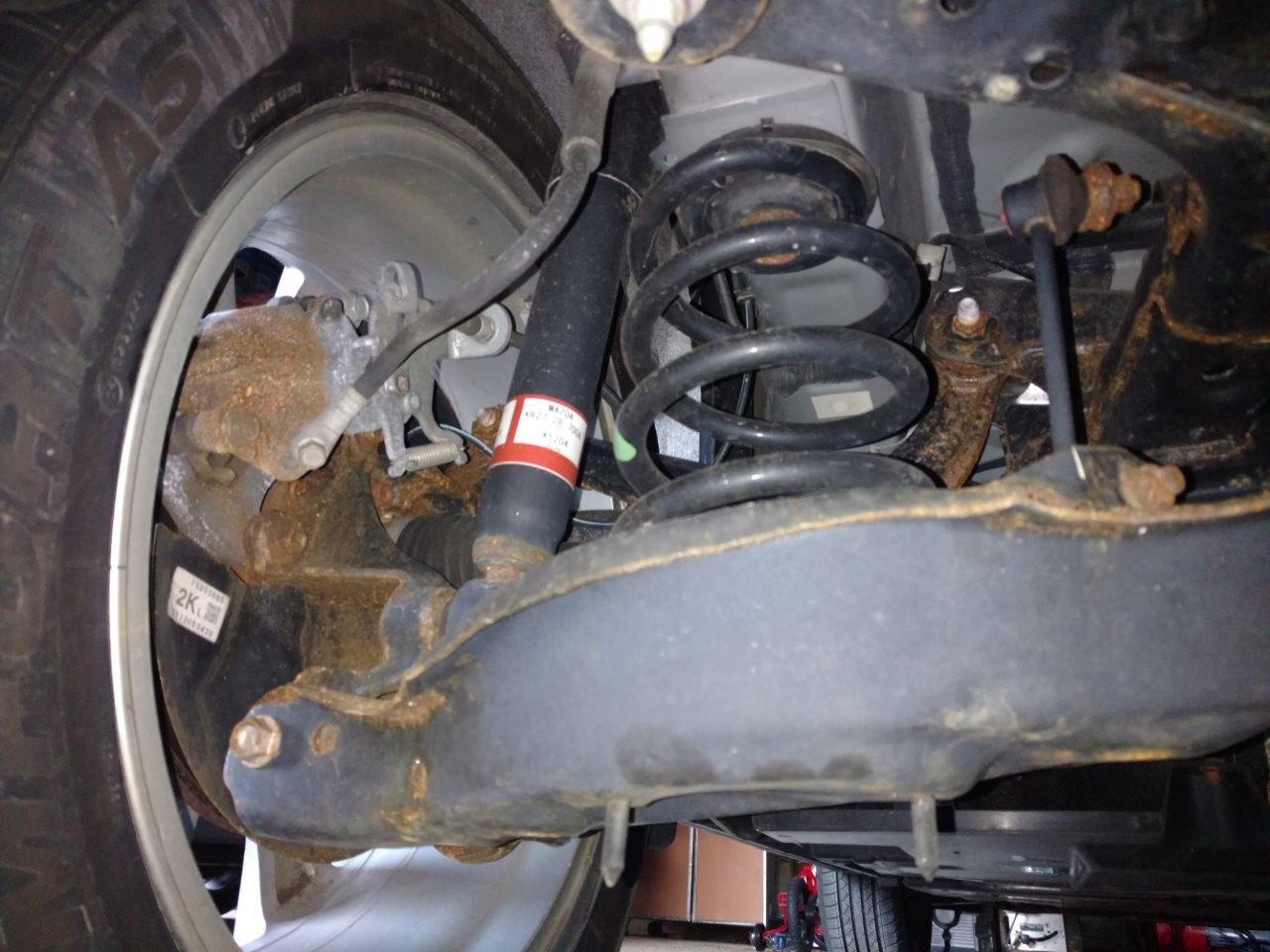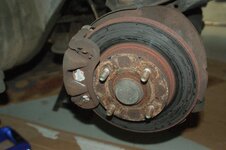You are using an out of date browser. It may not display this or other websites correctly.
You should upgrade or use an alternative browser.
You should upgrade or use an alternative browser.
Help me off the forum ledge
- Thread starter Steve1
- Start date
- :
- 2001 Mazda Protege
Imo It should boil down to the CX-5 Touring ($29,500) or the Rav4 Hybrid ($29,600) if you're shopping the compact segment. I think most people would win either way when picking between those two.
1
181962
Perhaps herein lies the problem. I imagine Ottowa is not much different than my experience in the Chicago area and then the Buffalo area where after a winter snow melt with roads drying out there's a perpetual white glaze of salt on road surfaces until there is a heavy rain to wash it off.I don't drive it in salty road conditions. I have an old Nissan Pathfinder that I drive in bad winter weather, and the Mazda stays tucked away in the garage.
So, a possible scenario is you drive it on a dry road, pick up salt, put it back in the garage without an undercarriage wash, then it sits for an extended period of time. If that's a rinse and repeat, without the undercarriage rinse, throughout the winter, that could be exacerbate rust issues.
This brings to mind a couple of couple of possibilities regarding Mazdas in general:
- As "drivers cars", a higher number than with most other makes are secondary vehicles, weekenders or summer cars. Extended periods of non-use can buy you rust build up especially in winter if driven only occasionally.
- Further, getting the car out for that 15-30 minute drive once per week that is typically recommended is about more than engine oil condensation. It helps to get everything heated up, particularly the exhaust system, and really any moving part to burn off condensation with friction heat.
- As "drivers cars" you get a higher percentage of DIYers who take pride in saving money on their car maintenance. They DIY their washes. Well, spraying off the undercarriage with a hose, if that's done at all, doesn't quite cut it. I keep harping on uncarriage washes especially in winter. Yes, you do have to pay to get it done at an automated wash. It stands to reason if you drive in the winter even on dry roads, the vehicle can pick up salt. If you drive under those conditions and then intend to stow the vehicle for some time it would be best to get the uncarriage washed first.
- Even if it is a daily driver through the winter get the undercarriage done when conditions permit.
- As anecdotes go, not all are credible. This is no reflection on you, but somebody posted a picture elsewhere, which I can't find at the moment, of a set of rotors caked in rust including the area where the pads make contact. They looked like they came off the ground at a junk yard. Either somebody was pulling a fast one or that vehicle had not been driven for a long time. There is no way a rotor would look like that on a car driven with some regularity no matter how sh*tty the road conditions or the rotors themselves might be, and I've had a set of bad ones in the past.
Last edited by a moderator:
1
181962
On the matter of surface rust that does not affect performance, I find the pitch for NAPA coated rotors in the first video in this link to be interesting:
.
The non-brake areas on this vehicle have a a lot of surface rust, which is evidently not a problem being addressed, and the pads are abysmal, but let's consider the rotors.
The pitch here is the NAPA coated rotors prevent rust from creeping under the edges of the brake pad. Does anybody believe that's a thing? If the rust creeps it is because the pad isn't touching the rotor at the edges. And if that's the case, it is evidently because of uneven pad wear because they are in such bad shape. Pads scrub off rust patina. If they don't rub the rust off it is a problem not relating to the rotors. In this case the old pads and calipers are in rough shape and that's where the problem lies if there is one at all once the non-rotor components are properly serviced.
The other pitch is that the coating keeps rust off the ventilation vanes. I mean, how bad is the rust on those old rotor vanes? How much air flow is inhibited? 5%, 1%? Any half decent engineer builds in a tolerance. Properly designed ventilation ports start out with more air intake than is needed in anticipation of a rust patina. A poorly designed rotor is just that whether it is coated or not.
Then there's a slight of hand at about the 3:25 mark in the video where he's comparing the outboard side of the coated rotor to the inboard side of the old one, giving the appearance that the old one has a much smaller rust-free contact area. Apples and oranges.
So, all other things being equal, what do you think the performance and longevity difference might be between a well designed and manufactured uncoated rotor that accumulates rust on non-contact surfaces and a coated rotor that does not? I'd say little to none. This looks like a cosmetic pitch more than a functional one appealing to the notion that if doesn't look pretty it isn't working right which with anything in life might very well not be the case.
That's not say some rotors are not well designed and manufactured, but that's not the point. A coated rotor might otherwise be junk and warp before its time. The point is that rust on non-operating parts might well be cosmetic only, as was obvioulsy the case with my 2006 Accord's brakes that dripped rusty water on the garage floor for years without an operational issue once I ditched the junky OEM rotors which had nothing to do with coatings or appearances.
.
The non-brake areas on this vehicle have a a lot of surface rust, which is evidently not a problem being addressed, and the pads are abysmal, but let's consider the rotors.
The pitch here is the NAPA coated rotors prevent rust from creeping under the edges of the brake pad. Does anybody believe that's a thing? If the rust creeps it is because the pad isn't touching the rotor at the edges. And if that's the case, it is evidently because of uneven pad wear because they are in such bad shape. Pads scrub off rust patina. If they don't rub the rust off it is a problem not relating to the rotors. In this case the old pads and calipers are in rough shape and that's where the problem lies if there is one at all once the non-rotor components are properly serviced.
The other pitch is that the coating keeps rust off the ventilation vanes. I mean, how bad is the rust on those old rotor vanes? How much air flow is inhibited? 5%, 1%? Any half decent engineer builds in a tolerance. Properly designed ventilation ports start out with more air intake than is needed in anticipation of a rust patina. A poorly designed rotor is just that whether it is coated or not.
Then there's a slight of hand at about the 3:25 mark in the video where he's comparing the outboard side of the coated rotor to the inboard side of the old one, giving the appearance that the old one has a much smaller rust-free contact area. Apples and oranges.
So, all other things being equal, what do you think the performance and longevity difference might be between a well designed and manufactured uncoated rotor that accumulates rust on non-contact surfaces and a coated rotor that does not? I'd say little to none. This looks like a cosmetic pitch more than a functional one appealing to the notion that if doesn't look pretty it isn't working right which with anything in life might very well not be the case.
That's not say some rotors are not well designed and manufactured, but that's not the point. A coated rotor might otherwise be junk and warp before its time. The point is that rust on non-operating parts might well be cosmetic only, as was obvioulsy the case with my 2006 Accord's brakes that dripped rusty water on the garage floor for years without an operational issue once I ditched the junky OEM rotors which had nothing to do with coatings or appearances.
Last edited by a moderator:
- :
- Plano, Texas, USA
Somehow I’m not surprised to see the very poor anti-rust performance on your 2017 CX-5 with 12K miles comparing to your 18 year old Pathfinder with 200K miles based on these comparison pictures you posted. The comparison pictures between a 2014 CX-5 with 28K miles and 2005 Toyota Matrix with 225K miles from Southern New Hampshire showed the same result.First 4 pics are pics of the undercarriage of my 2017 Mazda 6.
20,000 kms (12,000 miles):
The other 3 pics are from my 18 year old Pathfinder with 330,000 kms (200,000 miles).
I'll leave it at that.View attachment 228833View attachment 228834View attachment 228835View attachment 228836View attachment 228837View attachment 228838View attachment 228839
Rust like that after a few years even with heavy use of salt I believe is unacceptable with today's coatings and materials to look worse than a car that is 13 years old is not acceptable. How can Mazda get away with this? I love how this car drives and looks but also want one that will last. Also very happy with fuel economy so far getting around 30.5MPG on my 100 mile round trip commute.
2005 toyota matrix/pontiac vibe - 225K miles driving 100 miles a day

View attachment 216618
2014 CX-5 (seen 2 winters) -28K miles


View attachment 216616
View attachment 216617
Similar threads
- Replies
- 4
- Views
- 2K

